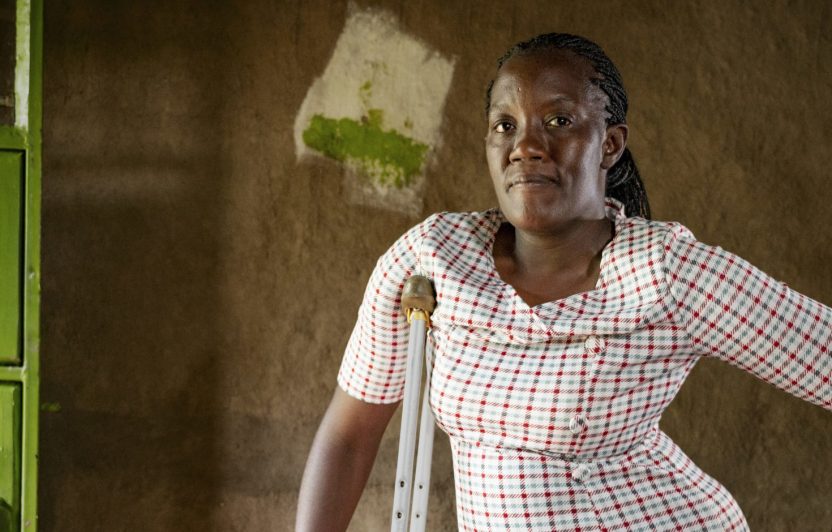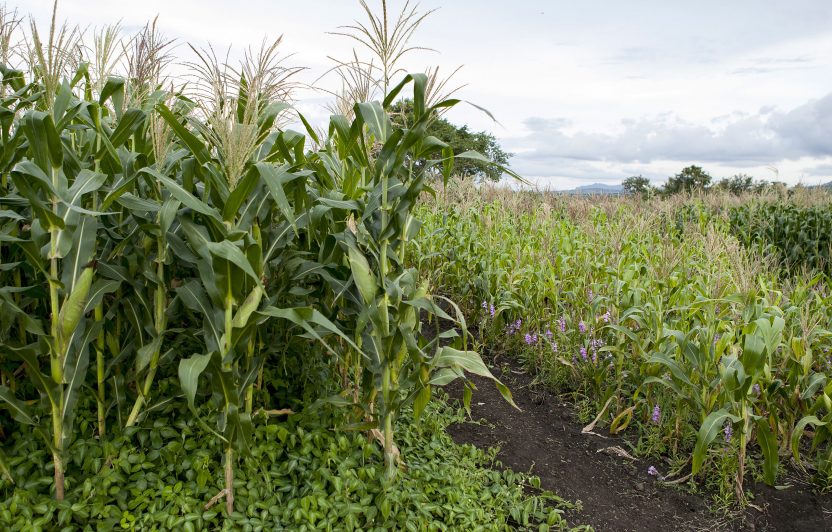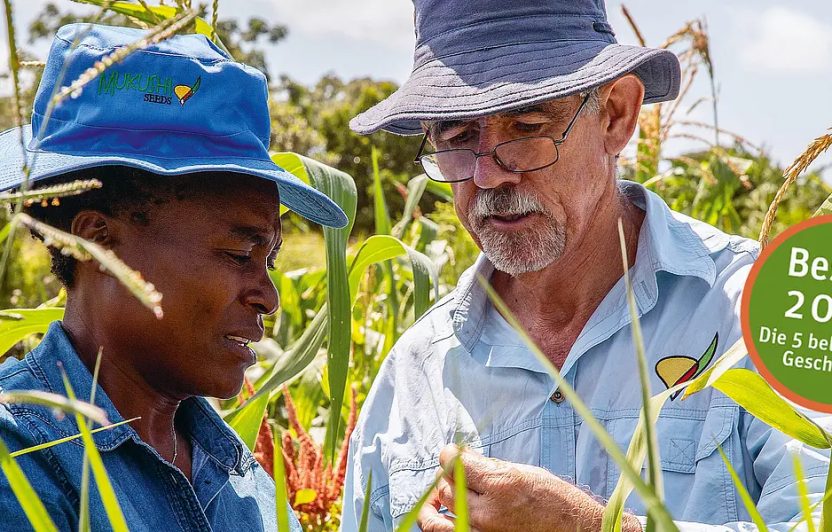This success story began in the Masvingo District of Zimbabwe in 2006. Small farmer Jona Mutasa read in a newspaper that an organic method called Push-Pull was being used successfully in Kenya to simultaneously combat the larvae of the stemborer moth and the dreaded striga weed. This news came as a revelation to Mutasa, who had suffered from massive losses of crop yields for many years. The small farmer from Makuwe Village sought out the address, Prof Zeyaur Khan from icipe* in Kenya, who had developed the Push-Pull method. Mutasa asked him for instructions and seed for the companion plants, desmodium and elephant grass, key to this method.
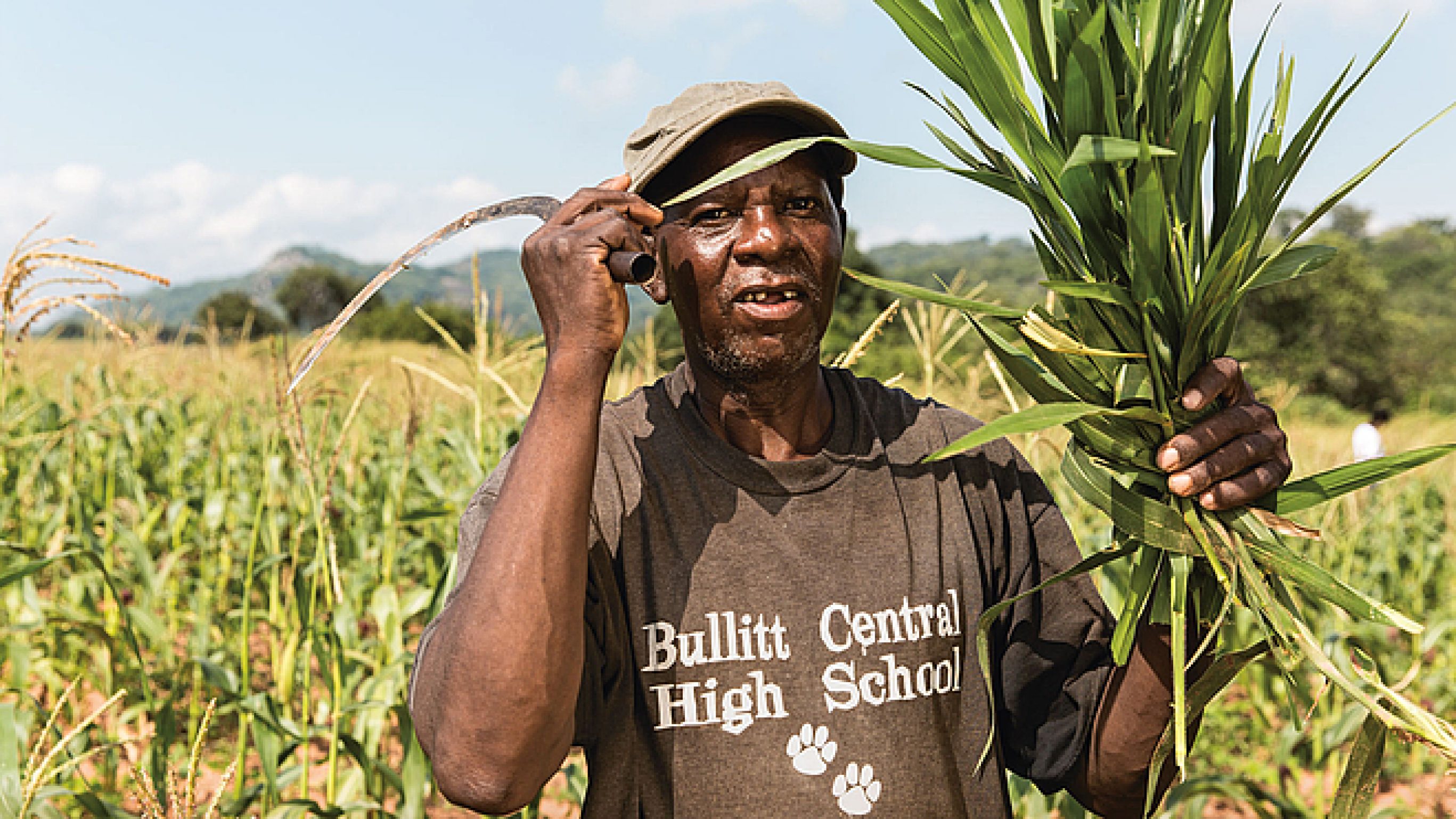
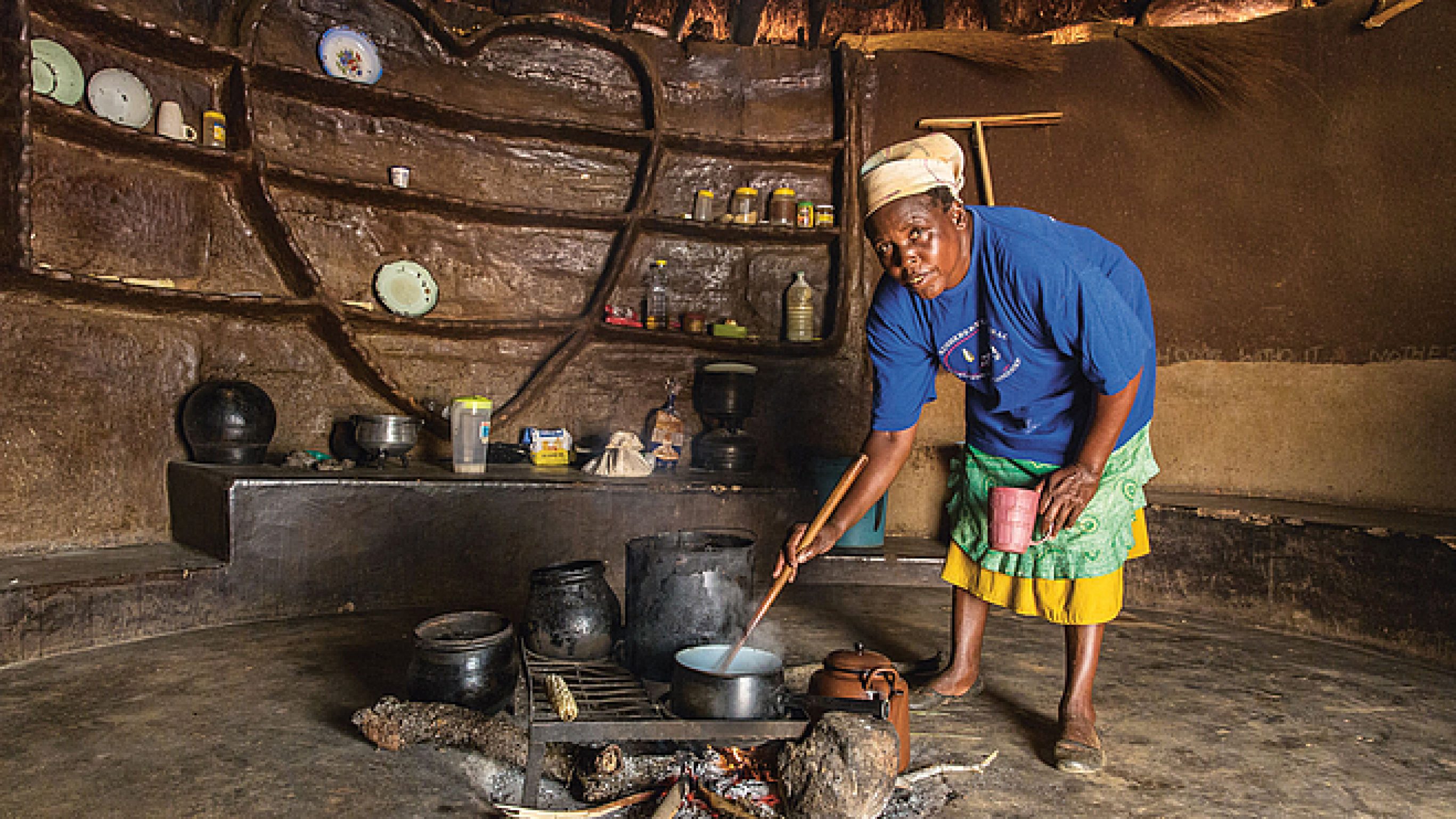
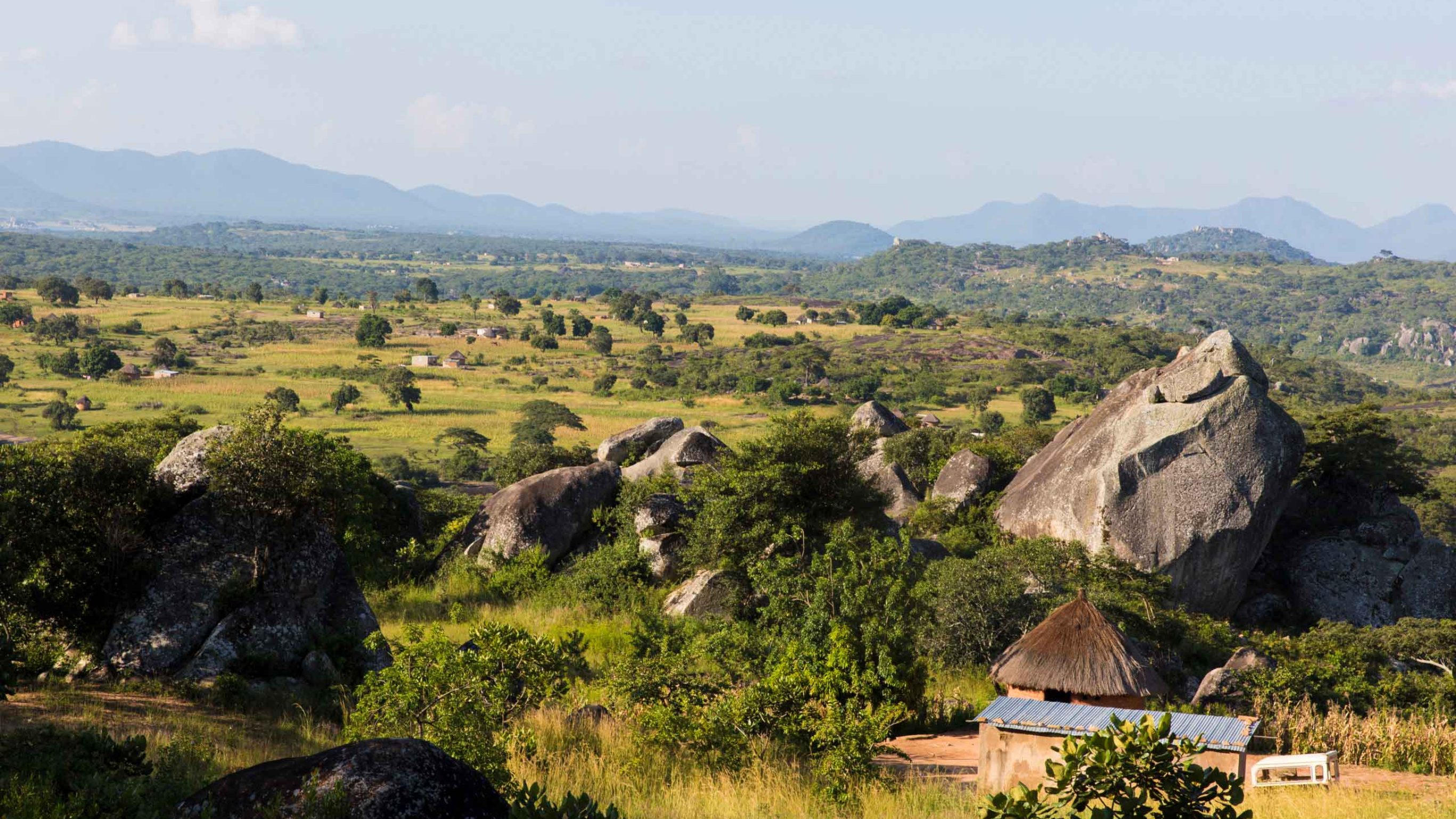
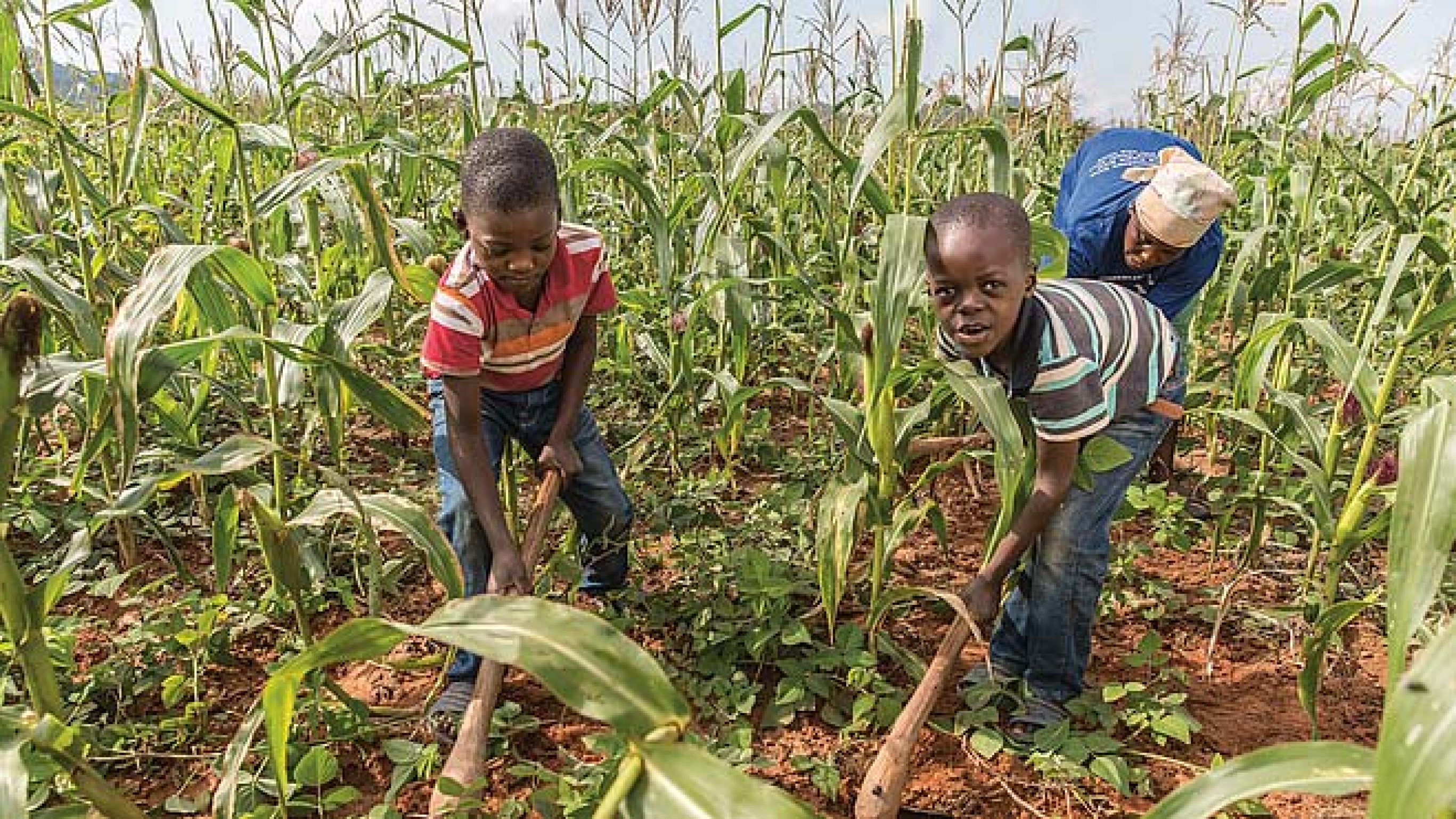
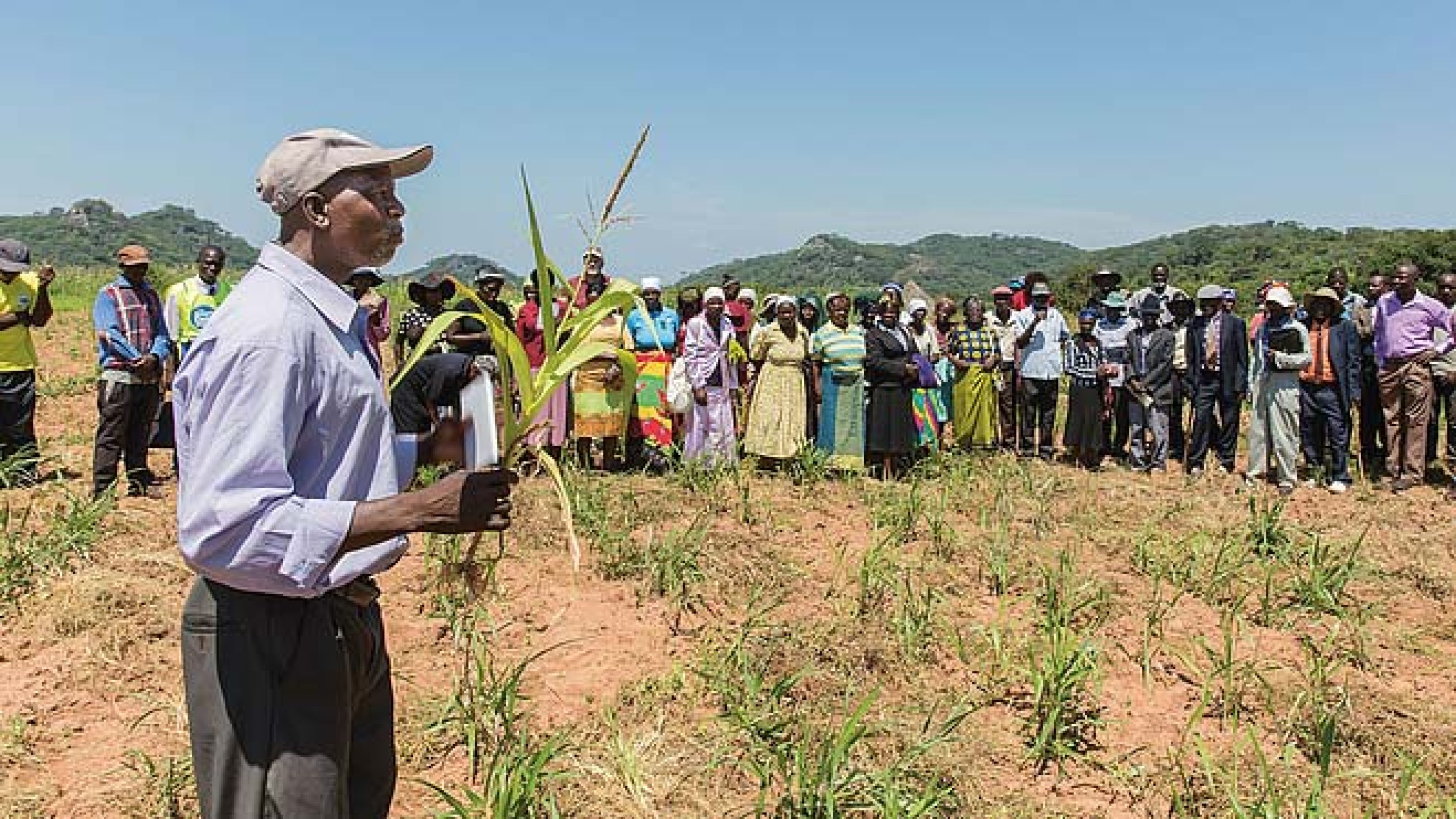
It all began with a handful of seed
Khan sent manuals for the Push-Pull method to Mutasa, but he was unable to send any seed without permission from the authorities. Finally, people at the university in Harare responded to Mutasa’s request. Soon, he had a handful of the seed he wanted. He and his wife Rosewiter set up a seed nursery together for desmodium and elephant gras. They planted a Push-Pull field measuring 50 by 50 metres with some of the first harvest, but they used the rest for further propagation. Their pioneering spirit has paid off; PushPull farmland is much less afflicted by pests than traditionally cultivated fields are. Accordingly, cobs of corn grow in abundance here – and the neighbours notice. Rosewiter and Jona never hold back from teaching them about the Push-Pull method, or supplying them with seed. “Ever since my childhood, I’ve seen how people here suffer from the drop in harvest caused by these pests and by soil depletion”, says the Push-Pull pioneer. “That’s why we do everything we can to solve these problems and to improve the lives of local people”.
A report on the progress of Push-Pull in Zimbabwe.
Overcoming drought and the lack of seed
Word quickly got around to small farmers in Zimbabwe about the successes achieved by the Push-Pull method. By his own account, Mutasa alone has taught thousands of courses throughout the whole country. His and his wife’s efforts to increase the spread of Push-Pull even further have only been hindered by the lack of viable desmodium seed and by extreme drought conditions. As a result, only about a fifth of those who have been trained can currently use the method. In the meantime, Biovision, icipe and relevant authorities have been actively tackling problems with seed and drought. Firstly, more drought-resistant strains of companion plants are being distributed throughout the country; secondly, a commercial business called “Mukushi Seeds” from Harare is now producing and distributing high-quality seed. The prospects are therefore looking good for this farming couple and many other small farmers in Zimbabwe.


